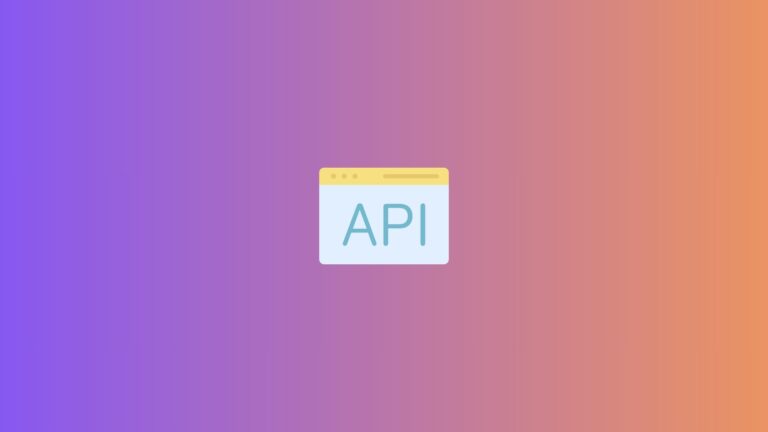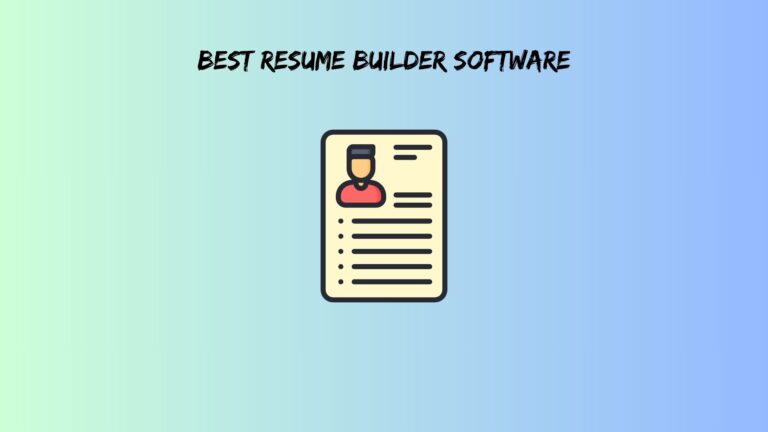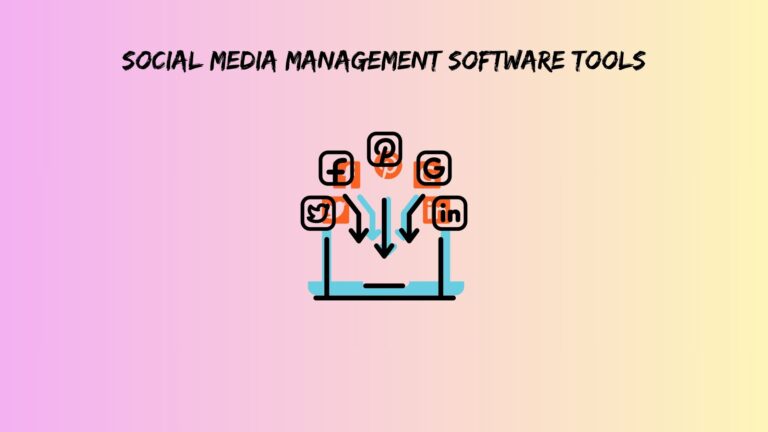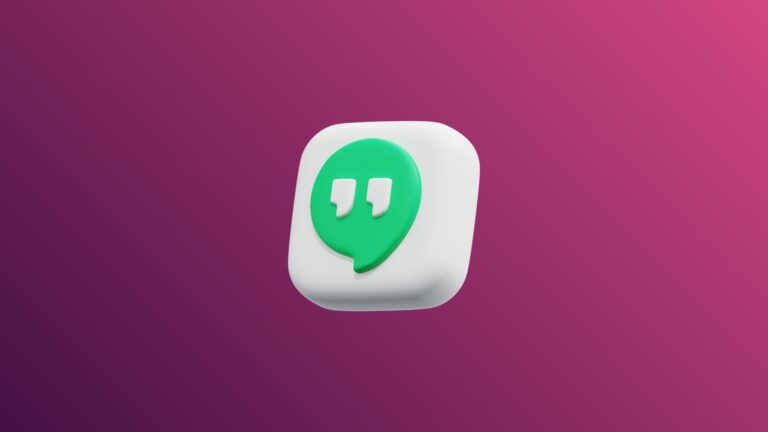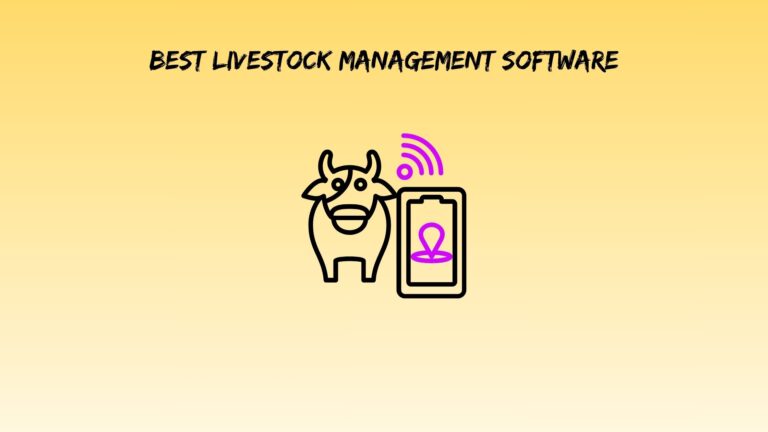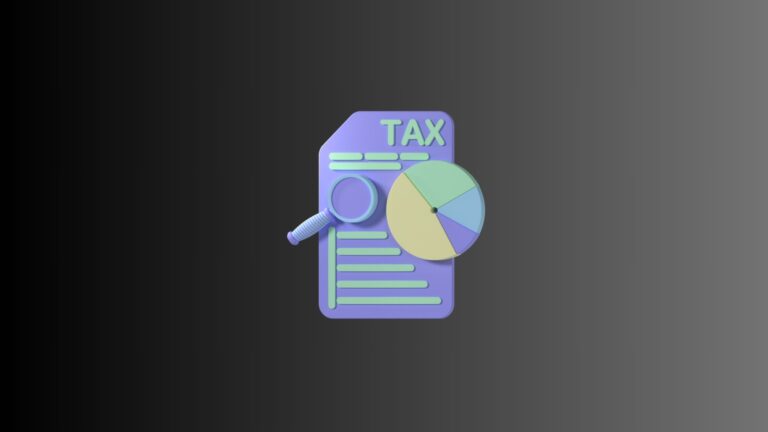Best IT Asset Tracking Software for IT Teams, MSPs & Remote Workforces
Picture this: Your CEO walks into Monday’s meeting asking about that $50,000 software license renewal. Meanwhile, you’re frantically checking three different spreadsheets, wondering if those 200 remote laptops still exist. Sound familiar? According to recent studies, organizations lose an average of $1.2 million annually due to poor asset management practices.
This comprehensive guide reveals the 11 most effective IT asset tracking software solutions that eliminate asset blindness and transform chaotic inventories into streamlined operations.
The Hidden Cost Crisis: Destroying IT Budgets
Remote work has created an asset management nightmare. Employees work from coffee shops with company laptops, download unauthorized software, and often forget to return equipment when leaving. This chaos costs more than most IT leaders realize.
Shadow IT proliferation has exploded since 2020. Employees install unapproved applications, creating security vulnerabilities and compliance violations. Furthermore, license audits have become more aggressive, with vendors like Microsoft and Adobe conducting surprise compliance checks.
Hardware depreciation accelerates without proper tracking. That $3,000 laptop purchased two years ago might be worth $800 today, but you’ll never know without systematic monitoring. Additionally, warranty expirations go unnoticed, leading to expensive out-of-warranty repairs.
MSPs face even greater complexity. Managing assets across dozens of clients requires specialized tools that traditional solutions can’t handle. Each client has different vendors, contracts, and compliance requirements.
The solution isn’t another spreadsheet – it’s professional IT asset management tracking software designed for modern, distributed workforces.
Essential Features Your IT Asset Inventory Management Software Must Have
Discovery and Auto-Detection Capabilities
Network scanning eliminates manual inventory processes. The best IT asset tracking software automatically discovers devices, software installations, and cloud resources without human intervention.
Agent-based discovery provides deeper visibility. Software agents collect detailed hardware specifications, installed programs, and usage patterns. This approach works especially well for remote devices that occasionally connect to corporate networks.
Cloud asset identification has become critical. Modern businesses use AWS, Azure, and Google Cloud services that traditional tools miss. Your inventory management software for IT department needs native cloud integration.
Mobile device management integration ensures smartphones and tablets don’t become invisible assets. With BYOD policies expanding, comprehensive mobile tracking prevents security gaps.
Also read: email and sms marketing platform
Lifecycle Management Features
Purchase-to-disposal tracking creates complete asset histories. From procurement through retirement, every asset event gets recorded. This documentation proves invaluable during audits and budget planning.
Warranty and maintenance scheduling prevent costly surprises. Automated alerts notify teams about upcoming expirations, enabling proactive renewal negotiations.
Depreciation calculations support accurate financial reporting. Built-in formulas calculate asset values using standard accounting methods, simplifying year-end reporting.
Vendor management centralizes contract information. Store purchase orders, support agreements, and contact details in one accessible location.
Integration and Automation
ITSM platform connectivity creates seamless workflows. When users submit help desk tickets, technicians immediately access complete asset information without switching systems.
API accessibility enables custom integrations. Organizations with unique requirements can connect asset data to business applications, creating powerful automation scenarios.
Automated alerting reduces manual monitoring. Configure notifications for critical events like license expirations, security patches, or hardware failures.
The 11 Best IT Asset Tracking Software Solutions
Enterprise-Grade Platforms
1. ServiceNow IT Asset Management
ServiceNow dominates enterprise asset management with comprehensive ITSM integration. The platform excels at workflow automation, connecting asset data to incident management, change control, and procurement processes.
Best for: Large enterprises with complex IT environments requiring sophisticated workflow automation.
Unique features: AI-powered asset optimization suggests cost-saving opportunities, while predictive analytics identify potential failures before they occur.
Pricing model: Per-user licensing starting at $100/month, with enterprise discounts available for volume commitments.
Deployment: Cloud-native architecture with optional on-premise connectors for hybrid environments.
2. Lansweeper
Lansweeper provides the most comprehensive network discovery capabilities available. The platform scans networks continuously, building detailed hardware profiles and software inventories automatically.
Best for: IT teams needing granular asset visibility across complex network infrastructures.
Unique features: Custom reporting engine allows unlimited report creation, while network topology mapping visualizes device relationships.
Pricing model: Per-asset pricing starting at $1/asset/month, making it cost-effective for large inventories.
Deployment: On-premise and cloud hybrid options accommodate various security requirements.
3. ManageEngine AssetExplorer
AssetExplorer integrates procurement workflows directly into asset management. The platform manages purchase orders, vendor relationships, and contract renewals alongside inventory tracking.
Best for: Mid-market companies with dedicated IT procurement teams requiring integrated purchasing workflows.
Unique features: Purchase order automation streamlines buying processes, while contract management centralizes vendor agreements.
Pricing model: Flat-rate licensing starting at $595/year for up to 250 assets.
Deployment: On-premise installation with cloud migration paths available.
Also read: instagram private account viewer
MSP-Focused Solutions
4. Ninja One (formerly NinjaRMM)
Ninja One’s multi-tenant architecture makes it ideal for MSPs managing diverse client environments. The platform combines asset tracking with remote monitoring and patch management.
Best for: MSPs managing multiple client environments with varying asset types and configurations.
Unique features: Client portal access allows customers to view their own asset inventories, while automated discovery works across different network architectures.
Pricing model: Per-endpoint pricing starting at $3/month with volume discounts for large deployments.
Deployment: Cloud-based platform with mobile apps for field technicians.
5. Atera
Atera provides unlimited agent licensing, making it budget-friendly for MSPs with large client bases. The all-in-one platform includes asset tracking, ticketing, and remote access tools.
Best for: Small to medium MSPs seeking unified platforms without per-device licensing costs.
Unique features: Unlimited agent licensing eliminates scaling concerns, while integrated ticketing connects asset data to support workflows.
Pricing model: Per-technician pricing starting at $149/month covers unlimited endpoints.
Deployment: Pure cloud deployment with browser-based access from anywhere.
Remote Workforce Specialists
6. Kandji
Kandji specializes in Apple device management, providing zero-touch deployment and automated compliance enforcement. The platform excels at managing distributed Mac fleets.
Best for: Organizations with Mac-heavy remote workforces requiring sophisticated device management.
Unique features: Device blueprints ensure consistent configurations, while automated compliance enforcement maintains security standards.
Pricing model: Per-device pricing starting at $4/month with educational discounts available.
Deployment: Cloud-based with extensive API integrations for custom workflows.
7. Microsoft Intune
Intune integrates natively with Office 365, providing seamless device management for Microsoft-centric environments. Conditional access policies ensure only compliant devices access corporate resources.
Best for: Microsoft-centric environments with hybrid workers requiring integrated device and application management.
Unique features: Windows Autopilot integration enables zero-touch device deployment, while app protection policies secure corporate data.
Pricing model: Included with Microsoft 365 E3/E5 licenses, making it cost-effective for existing Microsoft customers.
Deployment: Cloud-native with on-premise connectors for hybrid scenarios.
Budget-Conscious Options
8. Snipe-IT
Snipe-IT offers open-source flexibility with customizable workflows. Organizations can self-host or use managed cloud services, depending on their technical capabilities.
Best for: Small IT teams with technical resources seeking customizable, cost-effective solutions.
Unique features: Self-hosted control eliminates vendor lock-in, while community-driven development ensures continuous improvement.
Pricing model: Free open-source with optional paid hosting starting at $50/month.
Deployment: Self-hosted or managed cloud options accommodate different resource levels.
9. InvGate Assets
InvGate provides no-code customization through drag-and-drop dashboard builders. The platform adapts to unique organizational requirements without custom development.
Best for: Growing IT departments needing scalable solutions with minimal technical complexity.
Unique features: Visual asset mapping displays relationships graphically, while mobile scanning enables easy inventory updates.
Pricing model: Per-asset pricing starting at $2/month with flexible scaling options.
Deployment: Cloud-first architecture with offline capabilities for disconnected environments.
Specialized Industry Solutions
10. Oomnitza
Oomnitza focuses on IT-business alignment, connecting asset costs to business value. The platform provides financial integration and cost allocation features.
Best for: Enterprise IT teams focused on demonstrating business value and optimizing IT investments.
Unique features: Business impact analysis quantifies IT contributions, while cost allocation distributes expenses accurately.
Pricing model: Custom enterprise pricing based on asset count and feature requirements.
Deployment: Cloud-based with enterprise security certifications.
11. Device42
Device42 specializes in data center environments, providing dependency mapping and capacity planning tools. The platform excels at managing complex infrastructure relationships.
Best for: Infrastructure teams managing complex data center environments requiring dependency tracking.
Unique features: Application dependency discovery maps service relationships, while capacity planning optimizes resource utilization.
Pricing model: Per-device pricing starting at $1.50/month with data center-specific licensing options.
Deployment: Virtual appliance or cloud-hosted to match infrastructure preferences.
Also read: best billing software for solo lawyers
Implementation Strategy: From Chaos to Control
Phase 1: Asset Discovery and Baseline Establishment
Start with automated discovery to establish your current asset inventory. Most organizations discover 20-30% more assets than they expected during initial scans. Focus on accuracy over speed during this phase.
Deploy discovery agents gradually across network segments. This approach prevents performance issues while ensuring comprehensive coverage. Document any discovered shadow IT for future security reviews.
Phase 2: Process Standardization and Team Training
Develop standardized procedures for asset lifecycle events. Create checklists for equipment deployment, transfers, and retirement. Consistency prevents data quality issues that plague many implementations.
Train all team members on the new system before going live. Resistance to change kills more implementations than technical issues. Demonstrate how the new system reduces their workload rather than increasing it.
Phase 3: Integration with Existing ITSM Tools
Connect your asset tracking system to existing help desk and monitoring tools. This integration provides context for support tickets and automates routine tasks.
Configure automated workflows for common scenarios. For example, automatically assign assets to users when help desk tickets indicate equipment deployments.
Phase 4: Automation and Optimization
Implement automated alerting for critical events. Set up notifications for warranty expirations, software updates, and security patches. However, avoid alert fatigue by carefully configuring thresholds.
Common pitfalls include over-customization, inadequate training, and poor data quality. Start simple and add complexity gradually. Success metrics should include inventory accuracy, time saved on routine tasks, and reduced compliance violations.
Future-Proofing Your Asset Management Strategy
AI-powered asset optimization will become standard within the next few years. These systems will predict hardware failures, optimize software licenses, and recommend procurement timing based on usage patterns.
IoT device management presents new challenges as smart building systems, security cameras, and environmental sensors join corporate networks. Your chosen platform should handle these emerging asset types.
Sustainability considerations are driving circular economy adoption. Asset tracking systems will need to support device refurbishment, recycling programs, and carbon footprint reporting.
Zero-trust security models require detailed asset visibility. Every device accessing corporate resources needs continuous monitoring and compliance verification.
Making the Right Choice for Your Organization
Organization size significantly impacts platform selection. Small teams need simplicity over features, while enterprises require sophisticated workflow automation. MSPs need multi-tenancy that internal IT teams don’t require.
Budget allocation should consider the total cost of ownership, not just licensing fees. Implementation costs, training time, and ongoing maintenance affect ROI calculations.
Start with pilot programs to test functionality before full deployment. Choose a representative subset of assets and users to validate your platform choice. This approach identifies issues before they affect entire organizations.
For small IT teams: Snipe-IT or InvGate Assets provide essential functionality without complexity.
For enterprises: ServiceNow or Lansweeper offer comprehensive capabilities with room for growth.
For MSPs: Ninja One or Atera provides a multi-tenant architecture with integrated RMM capabilities.
For remote-first organizations: Kandji (Mac environments) or Microsoft Intune (Windows environments) excel at distributed device management.
The best IT asset tracking software adapts to your organization’s unique requirements while providing room for growth. Choose platforms that integrate with your existing tools and support your team’s working styles.


